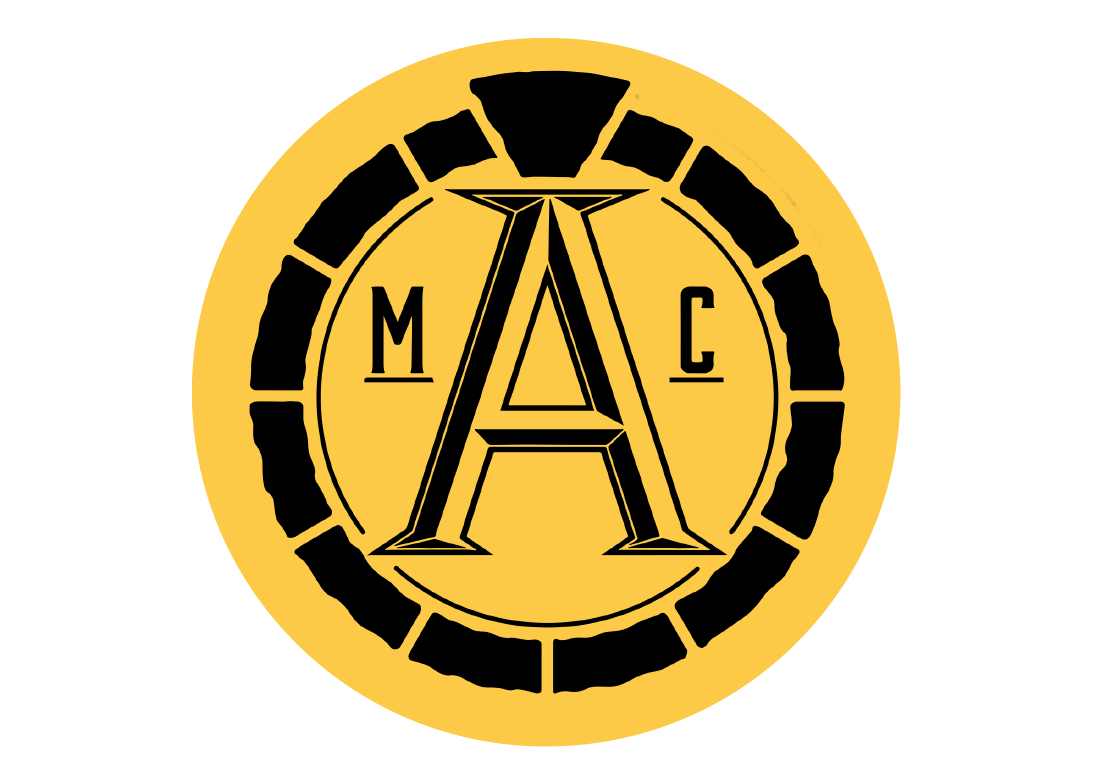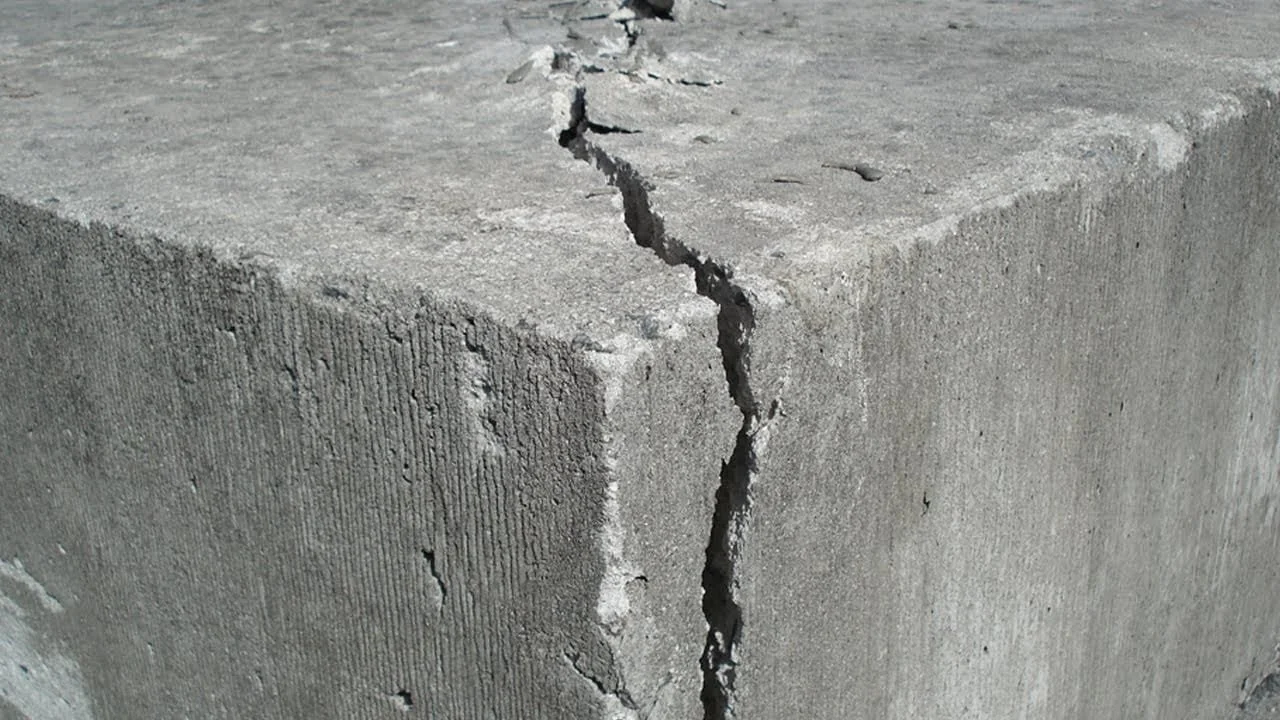Why Reinforcement Is Important For Concrete
At AMC, we’ve built our reputation on delivering concrete solutions that are not just functional—but durable, safe, and built to stand the test of time. One of the most important ways we ensure long-lasting concrete performance is through its proper reinforcement.
While concrete is one of the most commonly used construction materials in the world, many people are surprised to learn that it actually has serious structural limitations: it’s very strong when compressed, but relatively weak when stretched, bent, or pulled. That’s where reinforcement must come in.
Whether it’s a sidewalk, driveway, slab, foundation, or large commercial project, understanding and applying the correct type of reinforcement is essential to long-term success. We’re going to break down why reinforcement is so important—and how it makes such a difference in the strength and lifespan of your concrete projects.
Concrete and the rebar reinforcements inside.
Strong Compression, Weak Tension
As mentioned before, concrete has excellent compressive strength, meaning it can hold up well when a load presses down on it. However, it performs poorly under tensile stress—the kind of force that pulls or stretches material. This makes the concrete prone to cracking and breaking under tension, bending, or shifting conditions.
Some Real-world examples of tensile stress include:
A driveway flexing under a heavy vehicle
A sidewalk expanding and contracting during freeze-thaw cycles
A foundation settling due to shifting soil
A slab experiencing vibrations or dynamic loads from machinery
Without any reinforcement, concrete in these situations is vulnerable to cracking, loss of integrity, and premature failure.
A Concrete slab cracking under high tension.
What Reinforcement Does
Reinforcement strengthens concrete by evenly handling the stress that concrete alone cannot. It gives concrete the ability to evenly distribute tension, and resist flexing, shear forces, and other loads. In essence, reinforcement turns concrete from a brittle crumbly material into a flexible and resilient one—capable of handling strong structural demands.
The Key Benefits of Reinforcement:
Increased strength in tension, bending, and shear
Improved crack control, keeping cracks narrower and less damaging
Greater load-bearing capacity, especially for structures or in high-traffic applications
Enhanced durability, especially in harsh or variable environments
Better safety during the overall lifetime of the structure
A concrete wall in progress with rebar reinforcement.
The Types of Reinforcement
There are different types of reinforcement that can be used based on the project’s requirements, site conditions, and load demands. These are the most commonly used forms of reinforcements.
1. Steel Rebar
Steel rebar is the most traditional, widely used, and reliable form of reinforcement. It’s the most ideal for:
Structural slabs
Foundations
Retaining walls
Load-bearing concrete
Rebar is embedded in the concrete before it sets, creating a strong bond that allows it to resist many tensile forces. It's available in various thicknesses and patterns, depending on the engineering requirements of the build.
2. Welded Wire Mesh
Wire mesh is typically used in flatwork such as:
Driveways
Sidewalks
Patios
Garage floors
The mesh helps control shrinkage and cracking across the slab and is ideal for areas with light to moderate load demands. It’s quicker to install than rebar but can be less structurally durable.
3. Fiber Reinforcement
Fibers (steel, glass, polypropylene, or synthetic) are mixed directly into the concrete to increase its:
Surface durability
Crack resistance from shrinkage
Impact resistance
While the fiber can’t/doesn’t replace rebar in it’s structural applications, it’s excellent for increasing overall toughness, especially in slabs, overlays, or any decorative concrete.
Damaged concrete split open to reveal the fibers holding it together.
Controlling Cracks Is Essential
Almost all concrete will crack to some degree over time. Shrinkage during curing, temperature changes, moisture loss, and load stress can all contribute. Reinforcement doesn't stop cracks from forming entirely—but it controls them by:
Dispersing stress throughout the slab
Minimizing crack width and movement
Holding cracked sections together to prevent separation or failure
Crack control is not just about appearance—it protects the concrete from moisture intrusion, chemical exposure, and further degradation that can compromise safety and performance.
Cracks in a sidewalk being sealed up with mortar.
Better Design, More Efficiency
Reinforced concrete allows for more design freedom and structural efficiency. For example:
Thinner slabs that still meet strength requirements
Larger clear spans with fewer joints or supports
Sleek, modern architectural finishes without sacrificing function
This leads to not only cost savings, but also a cleaner look and less ongoing maintenance.
Reinforced Concrete = A Longer Lifespan
Ultimately, reinforced concrete is always built to last. A properly reinforced slab or structure can easily outlast unreinforced concrete by decades. It stands up better to the test of time under the heaviest use, shifting ground, seasonal changes, and wear and tear—giving you a better return on your investment.
Ready to Build with Confidence?
Let us bring our expertise to your next project. Contact us today here for a free quote*—and see firsthand how proper concrete reinforcement makes all the difference when you construct your next project.





